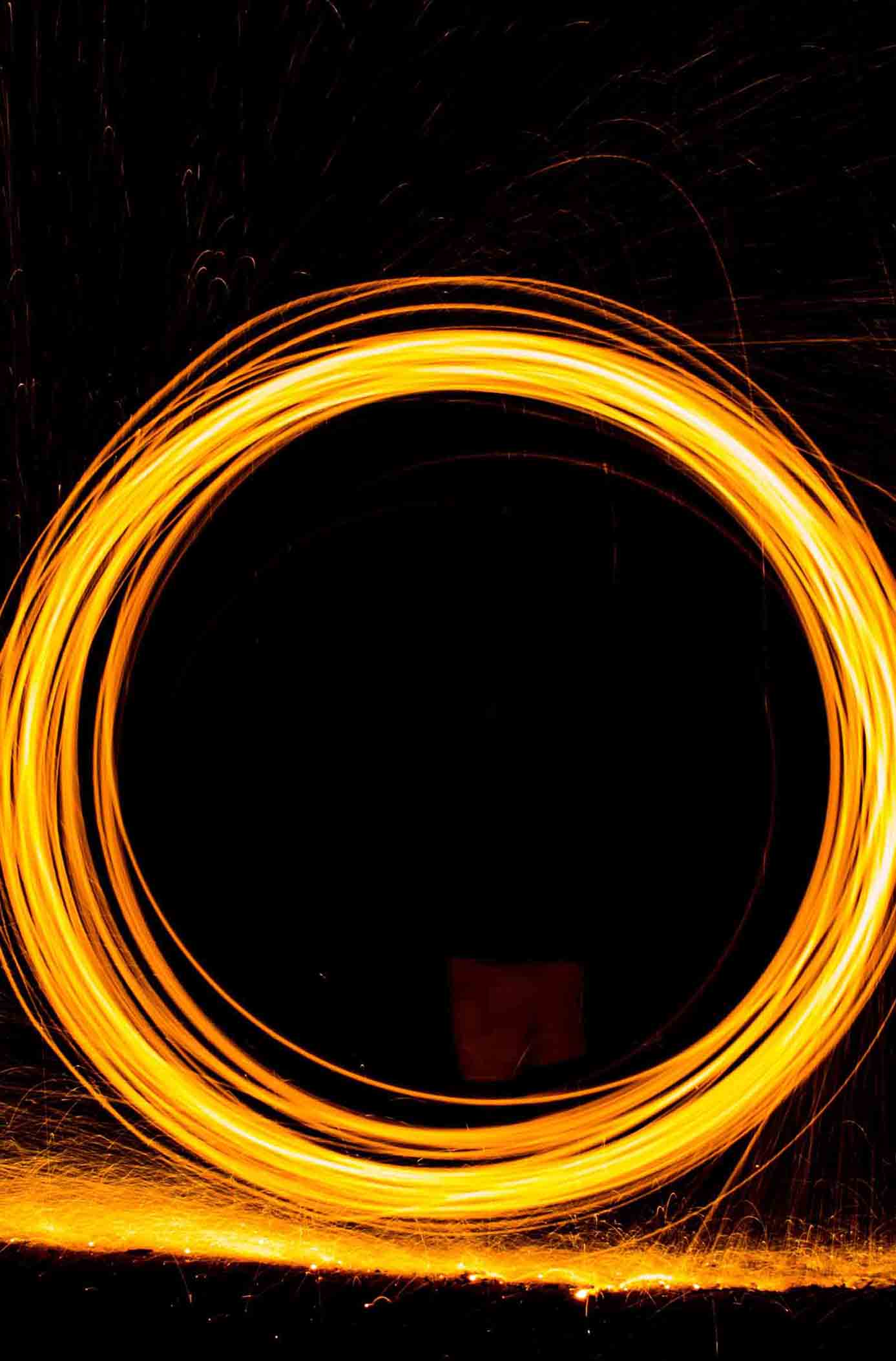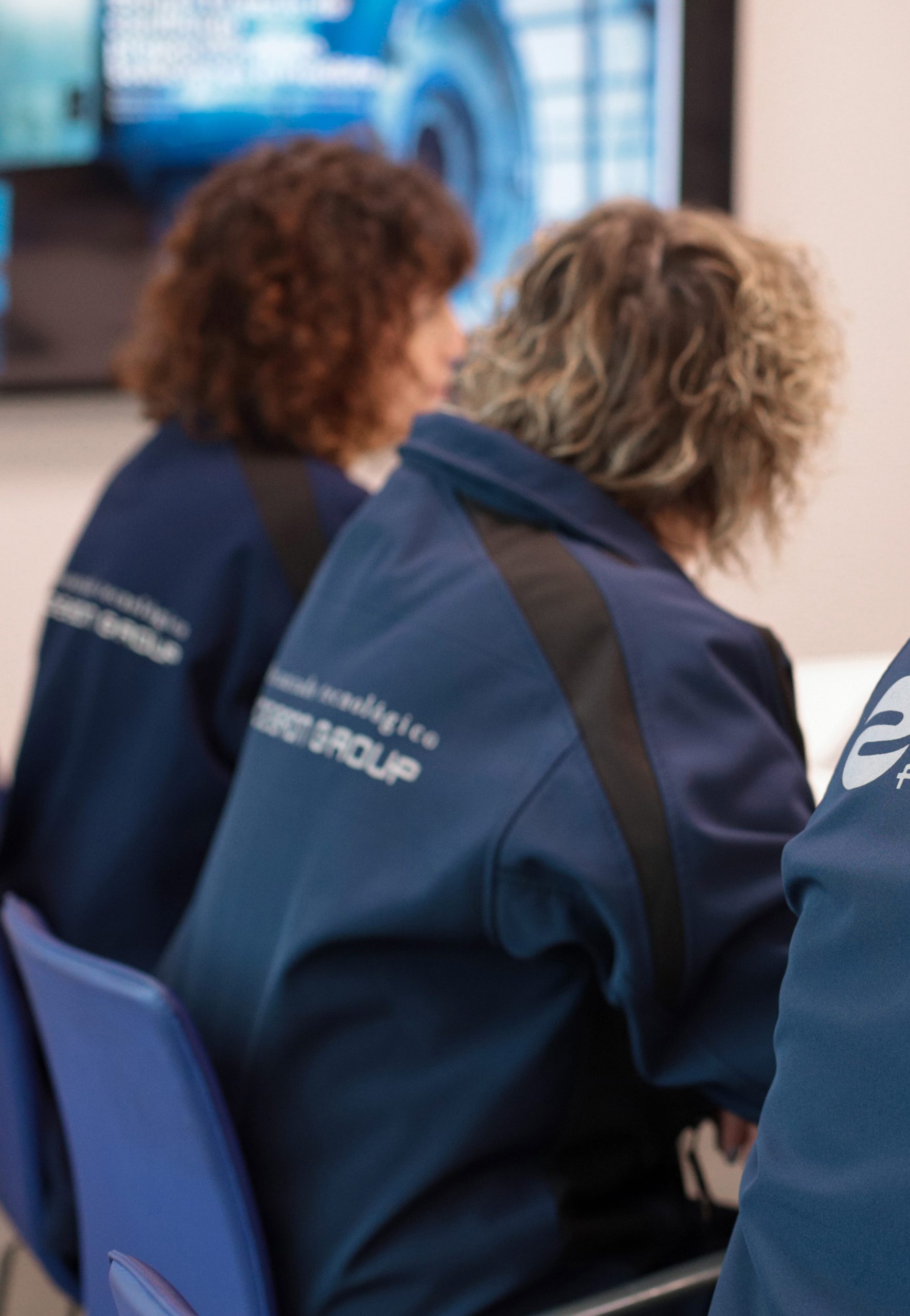
Who is the Circular Economy

The term “circular economy” was used for the first time in western literature in 1980 (Pearce and Turner 1990) to describe a closed system of interactions between the economy and the environment.
The circular economy is a production and consumption model that involves sharing, renting, reusing, repairing, renovating and recycling existing materials and products as many times as possible to create added value. Thus extending the life cycle of the products.
This initiative aims to support the change to an efficient economy in the use of resources and low carbon emission that helps us to:
– Improving economic results while reducing the use of resources.
– Identify and create new opportunities for economic growth and promote innovation.
– Guarantee the security of supply of essential resources.
– Fight against climate change.
Recyclability and development in the wind sector
In the next two or three years almost 50,000 tons of wind generator blades will reach the end of their useful life and are currently destined to end up in landfills or incinerated. This has been perfectly explained by El Periódico de la Energía dedicating an article that we share below on how the UK is launching an initiative to address the recyclability and future development of wind blades.
The UK’s National Composites Center (NCC) has launched an initiative to accelerate the development of technology, processes and materials that address recyclability and the future development of wind blades.
They help drive the future sustainability of wind turbine technology in three areas.
- Recycling: Demonstrate viable technologies to recycle the existing stock of wind blades.
- Sustainability: Promote the use of more sustainable materials, such as bio-based raw materials or thermoplastics
- Design: Develop new innovative design-based approaches to disassembly, using sustainable materials and with end-of-life strategies in mind.

Acebron Group’s commitment
We always seek to give components a second life and fas a result we are part of the Rede Galega PxR. This movement seeks the involvement of social entities, groups, associations, organisations and other public and private entities that want to share their experience and / or their facilities to promote the repair or recovery of any type of object that has not finished its life cycle. , offering new ways to renovate or refine it to reduce waste and save money.
From Acebron Group we offer our clients a repair and maintenance service to not only extend the useful life of each and every one of the parts, but also through retrofit (“modernisation” of some parts of a machinery, referred above all to the control elements, whose factory parts have already lost their performance due to years of use) we improve the performance of the machines.
- Repairs we carry out for the wind power sector:
-Repair of gearbox casings: Acebron Group specialises in the repair, manufacture and machining of the gearbox casing and its different internal components such as shaft recoveries, satellite carriers and jamming.
–Repairs of the main components of the nacelle: Axles, bushings and frames.
How the circular economy works
Theeconomy is based on 3 basic principles: Preserving and improving natural capital, controlling finite reserves and balancing the flows of renewable resources and at the same time they are based on the following principles:
- Waste becomes a resource: All the biodegradable material returns to nature and the non-biodegradable material is reused.
- The second use: to reintroduce into the economic circuit those products that no longer correspond to the initial needs of consumers.
- Reuse: reuse certain waste or certain parts of it, which can still work for the development of new products.
- The repair: finding a second life for spoiled products.
- Recycling: use the materials found in the waste.
- Valorisation: energy use of waste that cannot be recycled.
- Economy of functionality: the circular economy’s aim is to eliminate the sale of products to implement a system of rental of goods. When the product completes its main function, it returns to the company, which will disassemble it to reuse its valid parts.
- Energy from renewable sources: elimination of fossil fuels to produce the product, reuse and recycle.
- Eco-conception: considers the environmental impacts throughout the life cycle of a product and integrates them from its conception.
- Industrial and territorial ecology: establishment of an industrial model in the same territory characterised by an optimised management of stocks and flows of materials, energy and services.




